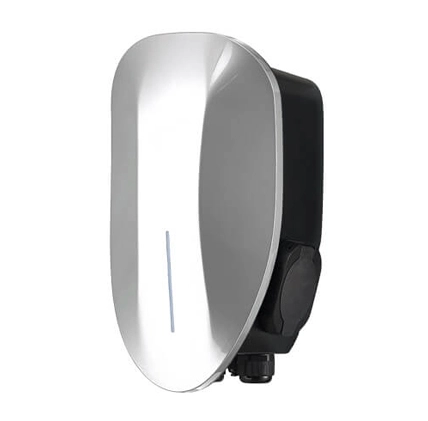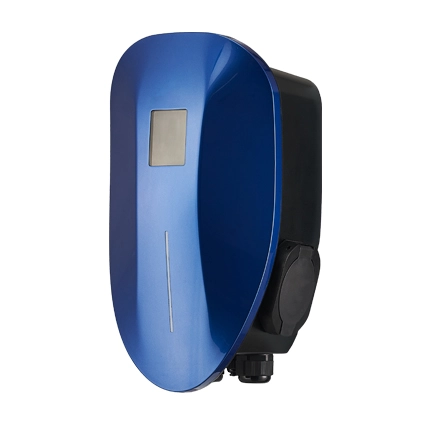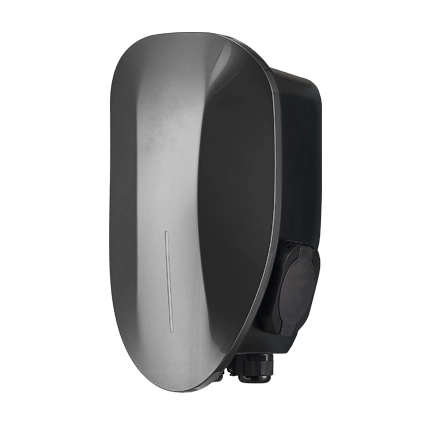Residual Current Circuit Breakers (RCCBs) are crucial components in modern electrical systems, designed to protect users from electric shocks and prevent electrical fires. Understanding the residual current circuit breaker working principle is essential for anyone involved in electrical engineering, maintenance, or safety.
What is an RCCB?
An RCCB, also known as a residual current device (RCD), detects and interrupts the flow of electric current when it senses an imbalance between the live (hot) and neutral wires. This imbalance indicates that some current is leaking to the ground, which could potentially cause electric shocks or fires.
The Residual Current Circuit Breaker Working Principle
The core of the residual current circuit breaker working principle lies in its ability to detect differential currents. Here's a detailed breakdown of how it works:
Sensing Mechanism: An RCCB contains a core-balance transformer (CBT) with a toroidal core, through which both live and neutral conductors pass. Under normal conditions, the currents in these conductors are equal and opposite, creating a net zero magnetic flux in the core.
Detection of Imbalance: If a fault occurs, such as a person coming into contact with a live wire or a leakage path to the ground, the currents become unbalanced. This imbalance creates a magnetic flux in the core of the CBT.
Triggering the Breaker: The generated magnetic flux induces a voltage in the secondary winding of the transformer. This voltage is then detected by the RCCB's sensing circuitry. When the induced voltage exceeds a pre-set threshold, it triggers a trip mechanism.
Interrupting the Circuit: The trip mechanism activates a relay that opens the contacts, thereby disconnecting the live and neutral conductors from the power supply. This action happens almost instantaneously, usually within 30 milliseconds, significantly reducing the risk of electric shock or fire.
What Are Advantages of Using RCCB according to Its Functions?
The residual current circuit breaker working principle ensures several advantages:
Enhanced Safety: By quickly disconnecting the power supply when a leakage current is detected, RCCBs protect users from electric shocks.
Fire Prevention: RCCBs help prevent electrical fires caused by faulty wiring or equipment by detecting leakage currents that might ignite combustible materials.
Compliance with Standards: RCCBs are essential for meeting various electrical safety standards and regulations, ensuring that installations are safe and reliable.
Conclusion
The residual current circuit breaker working principle is a cornerstone of modern electrical safety. By detecting and responding to differential currents, RCCBs protect people and property from the dangers of electric shocks and fires. Their rapid response and reliability make them indispensable in both residential and industrial applications. Understanding this principle helps ensure the proper installation, maintenance, and utilization of RCCBs, ultimately enhancing electrical safety and compliance.





